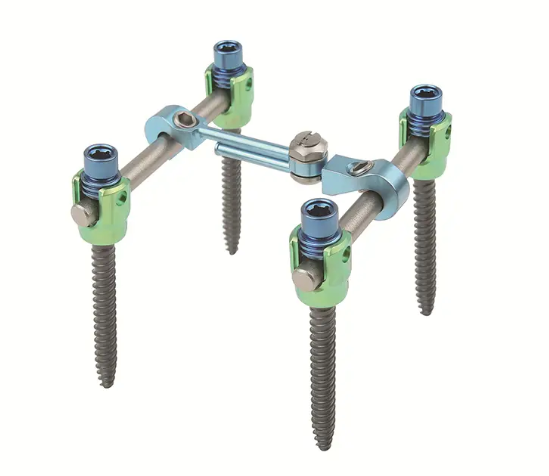
Spinal surgery presents a unique set of challenges that demand a combination of detailed planning and adaptable execution. Success often hinges on a surgeon’s accumulated
Establish a stable surgical field via negative pressure suction or pressure via a fixed head
WG-Stable
The function and shape of the holder’s presser foot are like the presser foot of a sewing machine. The handle of the holder is fixed on the “sternal retractor”, and a suction cup-shaped presser foot is extended through the fixed arm. Through negative pressure attraction or through The pressure of the fixed head establishes a stable surgical area to facilitate the surgeon’s vascular anastomosis.
WEGO Disposable cardiac stabilizers are used in off-pump coronary artery bypass surgery (OPCAB).They use a “cardiac fixator” to fix the heart surgery site while the heart is beating. The function and shape of the holder’s presser foot are like the presser foot of a sewing machine.
The handle of the holder is fixed on the “sternal retractor”, and a suction cup-shaped presser foot is extended through the fixed arm. Through negative pressure attraction or through The pressure of the fixed head establishes a stable surgical area to facilitate the surgeon’s vascular anastomosis.
Beating heart surgery is a major medical advancement because when the heart is stopped for surgery, an artificial heart and lungs must be used for extracorporeal circulation, while it (beating heart bypass surgery) does not require extracorporeal circulation.
| 1. Beating heart surgery results in less blood loss than surgery under cardiopulmonary bypass. |
| 2. The increase in the number of beating heart surgeries is consistent with the reality of insufficient blood banks, high blood transfusion costs, and the risk of blood-borne diseases. |
| 3. Beating heart surgery can avoid the physiological stress and heart and brain damage complications associated with the use of extracorporeal circulation. More and more evidence shows that beating heart surgery is beneficial. |
| 1. Meet the various performance index requirements of non-stop surgery and the surgeon’s usage habits. |
| 2. Product card installation is convenient and reliable. |
| 3. The product has good stability and flexibility. |
| The disposable cardiac fixator can be rotated 360︒, suitable for a variety of fixation angles, and is easy and reliable to install. It is suitable for a variety of sternal retractors. |
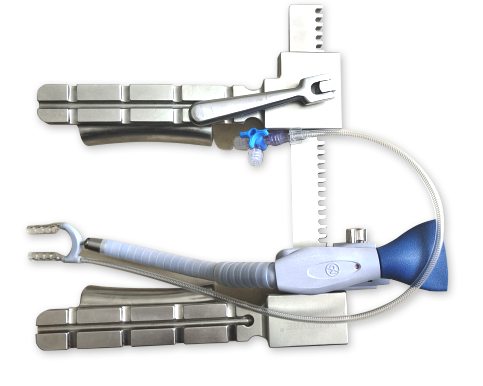 |
| There is an observation hole at the end of the connecting saddle. When used clinically, there is a red mark to mark the tensile limit of the product, which serves as a warning. |
| 1. The slotted sliding structure is used to connect the saddle head and saddle tail, which can prevent astringent or self-locking problems during clinical use. |
| 2. Increase the adjustable range of the fixator’s bayonet, which is suitable for various types of sternal retractors. |
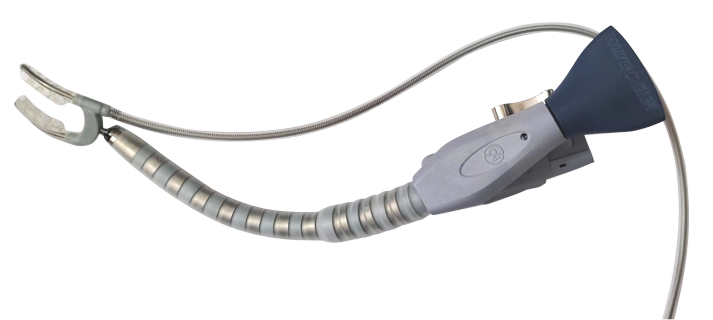 |
| 3. The suction cup is integrated into a U-shaped structure, which increases the surgical operating space. |
| 4. 10mm wide U-shaped suction cup, satisfying foreign customers and some domestic customers. |
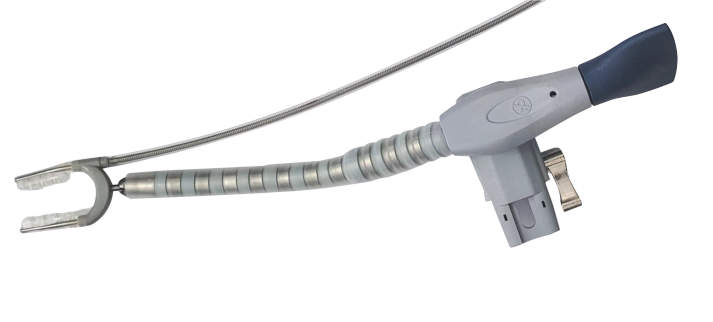 |
| 1. Connect the three-way valve of the holder to the Luer connector of the suction connecting tube, and connect the other end of the negative pressure buffer bottle to the negative pressure source. Use a three-way valve to control negative pressure during operation. Note: The negative pressure buffer bottle must be placed vertically with the blue cap upward, and the liquid accumulation must not exceed the white filter element covered with the cap. |
| 2. After inserting the adjustable bayonet of the fixator into the slot of the special sternal retractor and locking it, shape the U-shaped suction cup so that it matches the heart, and find the target position as accurately as possible, then rotate the fixed clip. slot the card holder into the ideal position. Note: The U-shaped suction cup must not be bent more than 25 degrees. Exceeding this degree may block the inner cavity, and repeated bending may affect performance. |
| 3. Turn on the negative pressure (200-700mmg), and gently place the U-shaped suction cup on the target position on the surface of the heart to adsorb it to the contact surface. Turn the adjustment handle clockwise to lock the movable arm. |
| 4. After the coronary anastomosis is completed, when removing the cardiac fixator, support the heart, turn off the negative pressure, rotate the adjustment handle counterclockwise to relax the movable arm, and gently lift the U-shaped suction cup from the heart surface. , open the cassette wrench and remove the fixator (if there are multiple lesions, select the next target coronary artery and repeat the above operation according to the actual situation). |


Spinal surgery presents a unique set of challenges that demand a combination of detailed planning and adaptable execution. Success often hinges on a surgeon’s accumulated

Successfully inserting a spinal fixation device for thoracolumbar stabilization demands a blend of profound anatomical knowledge and meticulous surgical execution. This procedure is a cornerstone
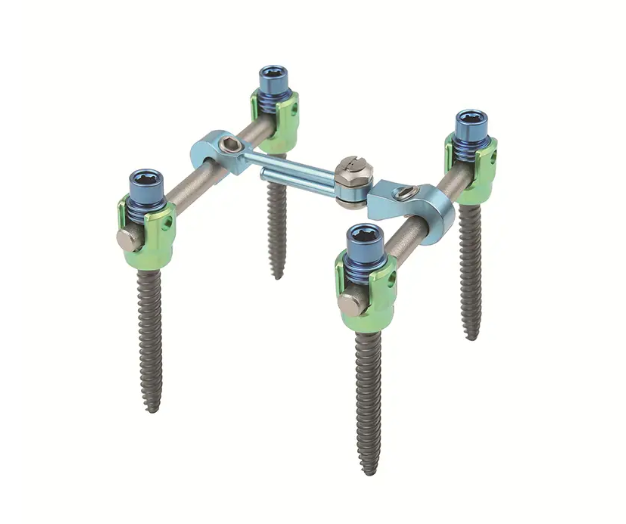
Timing is a critical consideration in spinal procedures, and understanding how long a spinal fixation surgery takes helps hospitals and clinics manage resources and patient
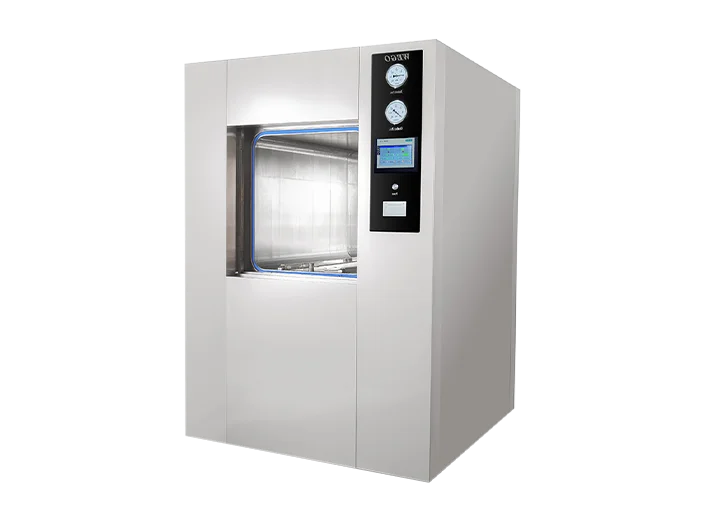
Laboratory work demands an environment where precision and contamination control are paramount. The integrity of research, cell cultures, and microbiological testing hinges on the absolute